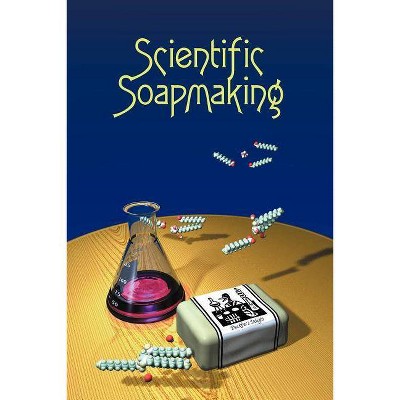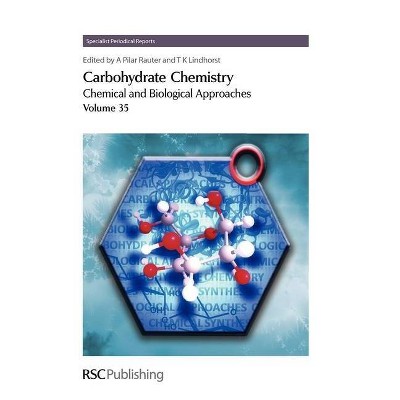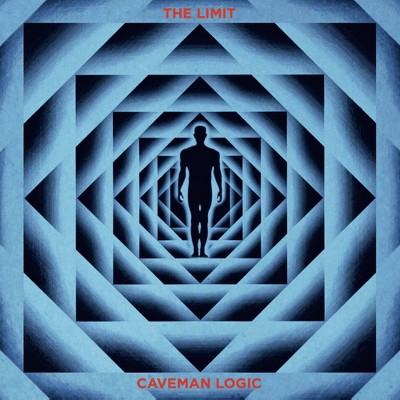Caveman Chemistry - by Kevin M Dunn (Hardcover)

Similar Products
Products of same category from the store
AllProduct info
<p/><br></br><p><b> About the Book </b></p></br></br>Learn not only how to recreate the chemicals that changed history, but the history behind the chemicals. A five star college level teaching aid! Half a million years ago our ancestors learned to make fire from scratch. They crafted intricate tools from stone and brewed mind-altering elixirs from honey.<p/><br></br><p><b> Book Synopsis </b></p></br></br><p>Learn not only how to recreate the chemicals that changed history, but the history behind the chemicals. A five star college level teaching aid!</p><p>Half a million years ago our ancestors learned to make fire from scratch. They crafted intricate tools from stone and brewed mind-altering elixirs from honey. Their descendants transformed clay into pottery, wool into clothing, and ashes into cleansers. In ceramic crucibles they won metal from rock, the metals lead to colored glazes and glass. Buildings of brick and mortar enshrined books of parchment and paper. Kings and queens demanded ever more colorful clothing and accessories in order to out-class clod-hoppers and call-girls. Kingdoms rose and fell by the power of saltpeter, sulfur, and charcoal. And the demands of everyday folk for glass and paper and soap stimulated the first round of chemical industrialization. From sulfuric acid to sodium carbonate. From aniline dyes to analgesic drugs. From blasting powder to fertilizers and plastics. In a phrase, From Caveman to Chemist.</p><p><em>Caveman Chemistry</em> is an experiential exploration of chemical technology from the campfires of the stone age to the PETE plastic soda pop bottle. An <em>experiential</em> exploration? Not only will you learn <em>about</em> these technologies, you will learn to recreate them. Instructions are given for making bronze from metal ores; glass from sand, ashes, and limestone; paper from grass or straw; soap from fat; alcohol from honey; photographs from egg whites; chlorine from salt water and celluloid from cotton.</p><p>Your guides on this journey are the four alchemical elements; Fire, Earth, Air and Water. These archetypical characters deliver first-hand accounts of the births of their respective technologies. The spirit of Fire, for example, was born in the first creature to cultivate the flame. This spirit passed from one person to another, from one generation to another, from one millennium to another, arriving at last in the pages of this book. The spirit of Earth taught folks to make tools of stone, the spirit of Air imparted knowledge of units and the spirit of Water began with the invention of spirits. Having traveled the world from age to age, who can say where they will find their next home? Perhaps they will find one in you.</p><p>See review in Journal of Chemical Education (April 2004)</p>
Price History
Price Archive shows prices from various stores, lets you see history and find the cheapest. There is no actual sale on the website. For all support, inquiry and suggestion messagescommunication@pricearchive.us






![Caveman [DVD] [1981]](https://pisces.bbystatic.com/image2/BestBuy_US/images/products/2639/26392311_so.jpg)













